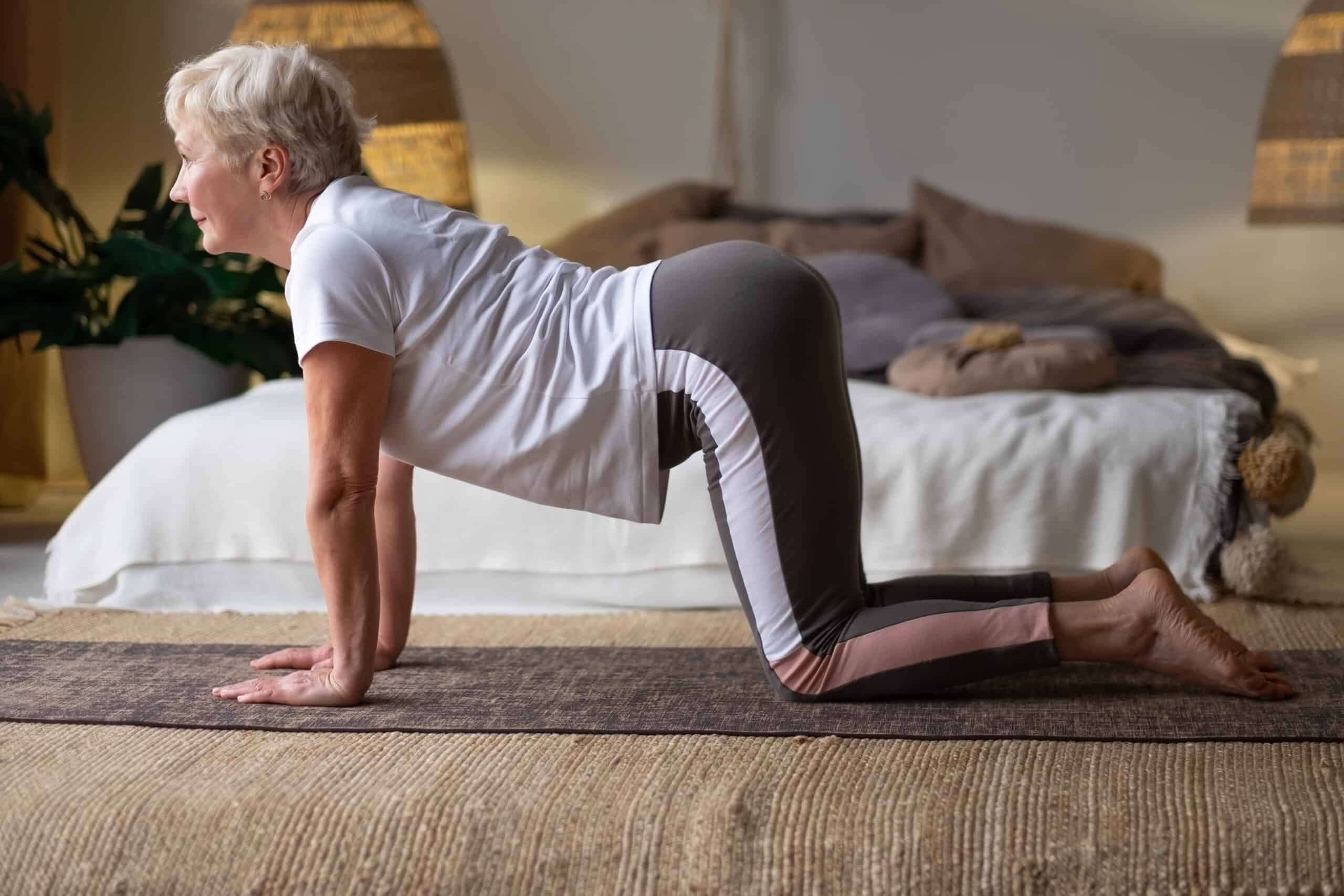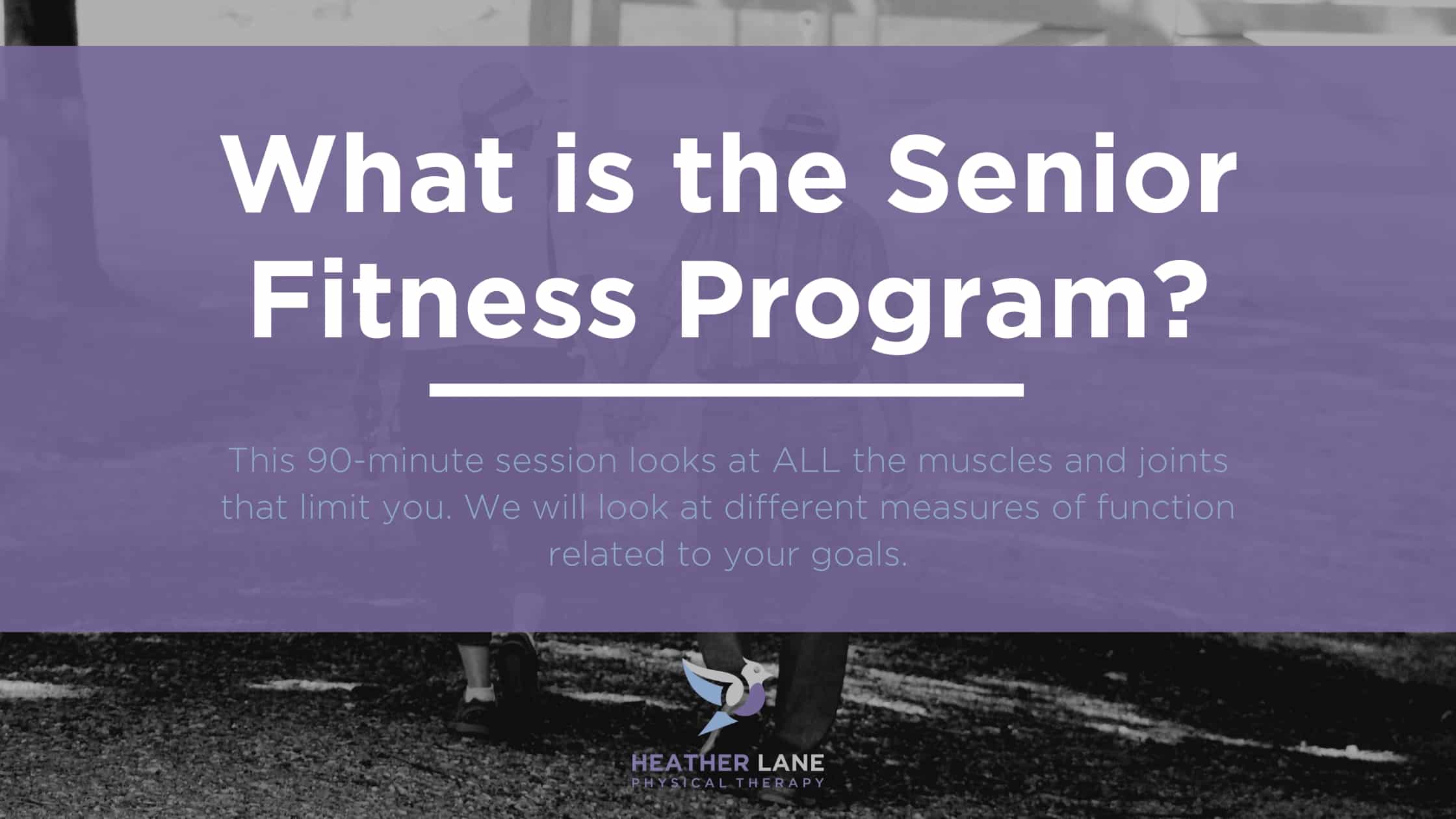Bone growth is a tough task. You can optimize your movement, improve balance, and take...
Read More..3 Strategies for Bone Health
Bone health is incredibly important to retain mobility, independence, and overall health. Today, we're sharing...
Read More..3 Home Health Tests For Posture
The Dowel Overhead Test measures an overlooked aspect of health - your posture. By taking...
Read More..2 Tips For Hip and Osteoarthritis
#1 Tip For Osteoarthritis Treatment Preservation of your hip capsule is the MOST important factor...
Read More..What is the Senior Fitness Program?
Are you nervous about having a fall, having trouble playing on the ground with...
Read More..Why Am I Not Getting Stronger?
Hi everyone, Dr. Donovan here. Really excited to share what we have today on why...
Read More..





